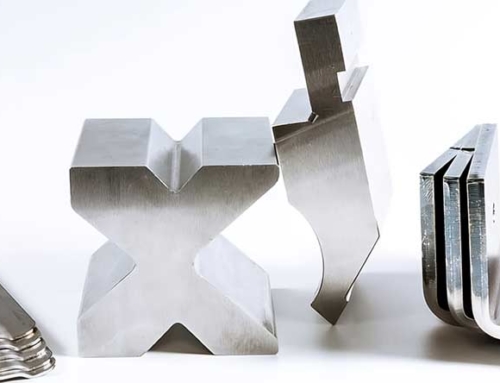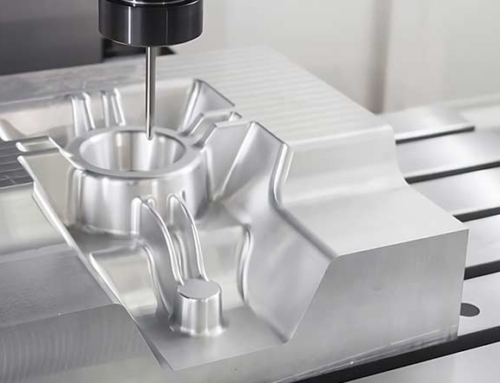The cutting method is a pivotal decision that significantly influences manufacturing efficiency, product quality, and cost-effectiveness. It directly affects production speed, precision, material compatibility, and operational costs. With various cutting methods available, such as laser cutting, plasma cutting, water jet cutting, EDM (Electrical Discharge Machining), and CNC milling, manufacturers must meticulously assess several critical factors to determine the most suitable solution for their specific requirements. This article outlines key considerations to assist businesses in selecting the most appropriate cutting process for their manufacturing applications.
Material Type and Thickness
The material you plan to cut is a significant factor in the choice of cutting method. Different processes excel with specific materials:
- Laser Cutting is ideal for thin to medium-thick metals, plastics, and composites. It offers high precision and clean edges.
- Plasma Cutting: Best suited for thicker metals and conductive materials. It efficiently cuts heavy structural materials.
- Water Jet Cutting is an incredibly versatile process, suitable for almost any material, from soft rubber to hardened steel and ceramics. Its cold-cutting nature makes it ideal for heat-sensitive materials, and its adaptability to a wide range of materials is a significant advantage.
- EDM Machining: Only effective for electrically conductive materials, but also excellent for intricate shapes in hardened or exotic alloys.
- CNC Milling: Highly versatile for various materials, particularly metals and hard materials requiring intricate details and superior surface finishes.
Material thickness also dictates suitability, as some methods like laser and EDM excel in thin-to-medium materials, while plasma and water jet cutting effectively manage thicker sections.
Precision and Quality Requirements
Precision requirements strongly influence the cutting process decision. Laser cutting and EDM provide the highest levels of accuracy, often within microns, and are suitable for detailed components or tight tolerance applications. CNC milling also delivers high precision, especially for complex 3D geometries and detailed surfaces.
Plasma cutting generally has lower precision and is suitable for less detailed components where higher tolerances are acceptable. Water jet cutting offers versatile precision capabilities that are adequate for detailed and general manufacturing needs, but are typically not as satisfactory as laser or EDM.
Production Speed and Volume
Manufacturing speed and production volumes must be considered. Laser cutting is exceptionally efficient for high-volume runs of thin-to-medium materials, offering fast production rates. Plasma cutting also provides high productivity, particularly for thicker metals, though with potential quality trade-offs at high speeds.
Water jet and EDM methods offer lower cutting speeds and are suitable for lower-volume or specialized production runs. CNC milling provides balanced efficiency, particularly valuable for precision or customized components. Depending on part complexity, it may require longer cycle times.
Cost Considerations
Budget plays a significant role in selecting a cutting process. Plasma cutting typically has lower upfront and operational costs, making it attractive for many general fabrication applications. While initially expensive, laser cutting can offer cost savings in high-volume or high-precision settings by minimizing waste and reducing secondary processing.
EDM machining involves higher operational costs due to electrode wear and slow cutting speeds, but it also provides unique precision benefits. Water jet cutting has moderate operating costs, with abrasive usage adding expense. While cost-effective for precision tasks, CNC milling may involve higher tooling and maintenance costs over time.
Operational Flexibility and Scalability
Manufacturers should consider operational flexibility and future scalability. Processes like laser and water jet cutting offer excellent flexibility for quickly changing designs and materials without extensive setups or tooling changes. CNC milling also provides adaptability to complex geometries and frequent design modifications.
Plasma cutting offers moderate flexibility and is well-suited to industries requiring structural or heavy-duty components. EDM machining, while highly precise, is less flexible due to slower processing times and specialized setup requirements, making it ideal for dedicated precision tasks.
Selecting the proper cutting process requires careful consideration of material types, precision requirements, production volumes, costs, and flexibility needs. Each cutting method offers unique advantages tailored to different manufacturing scenarios. By thoroughly evaluating these factors, manufacturers can choose the ideal cutting process that maximizes efficiency, product quality, and profitability, ensuring long-term success and competitiveness in their industry.




